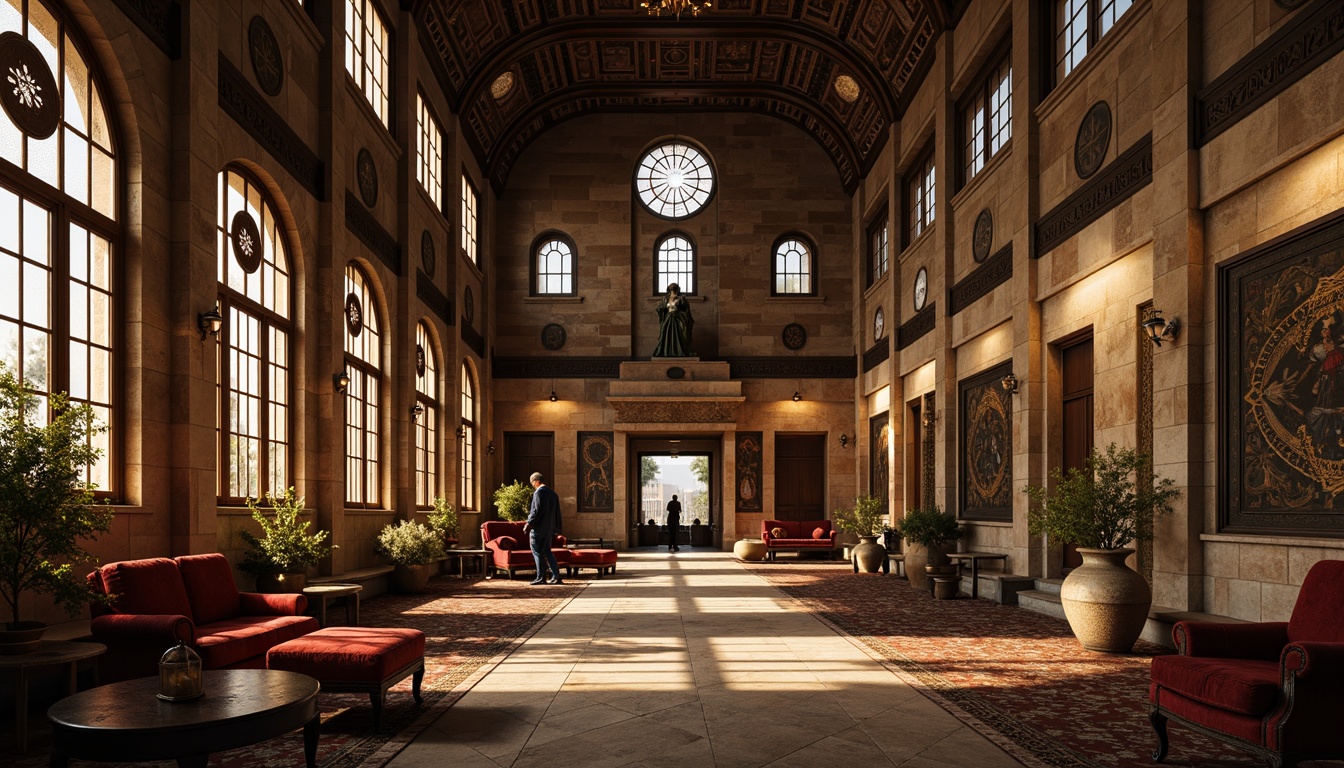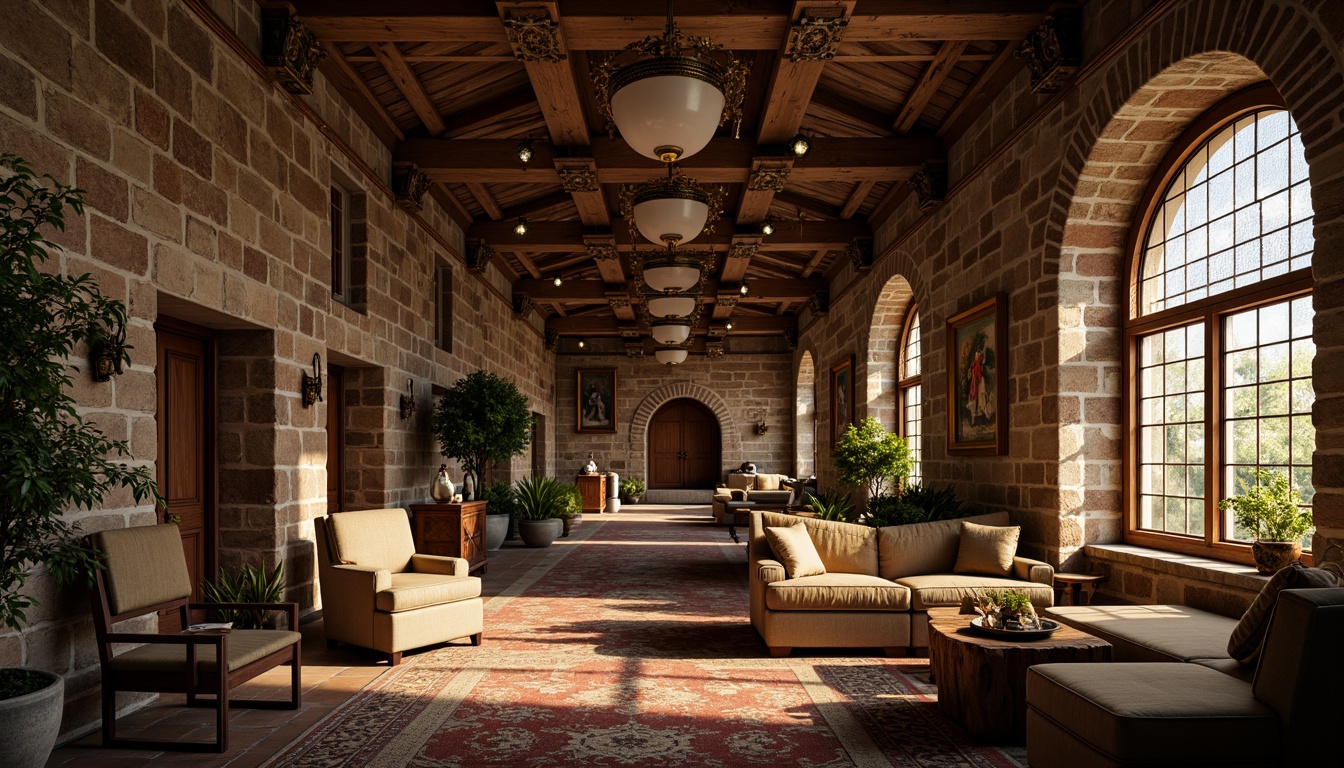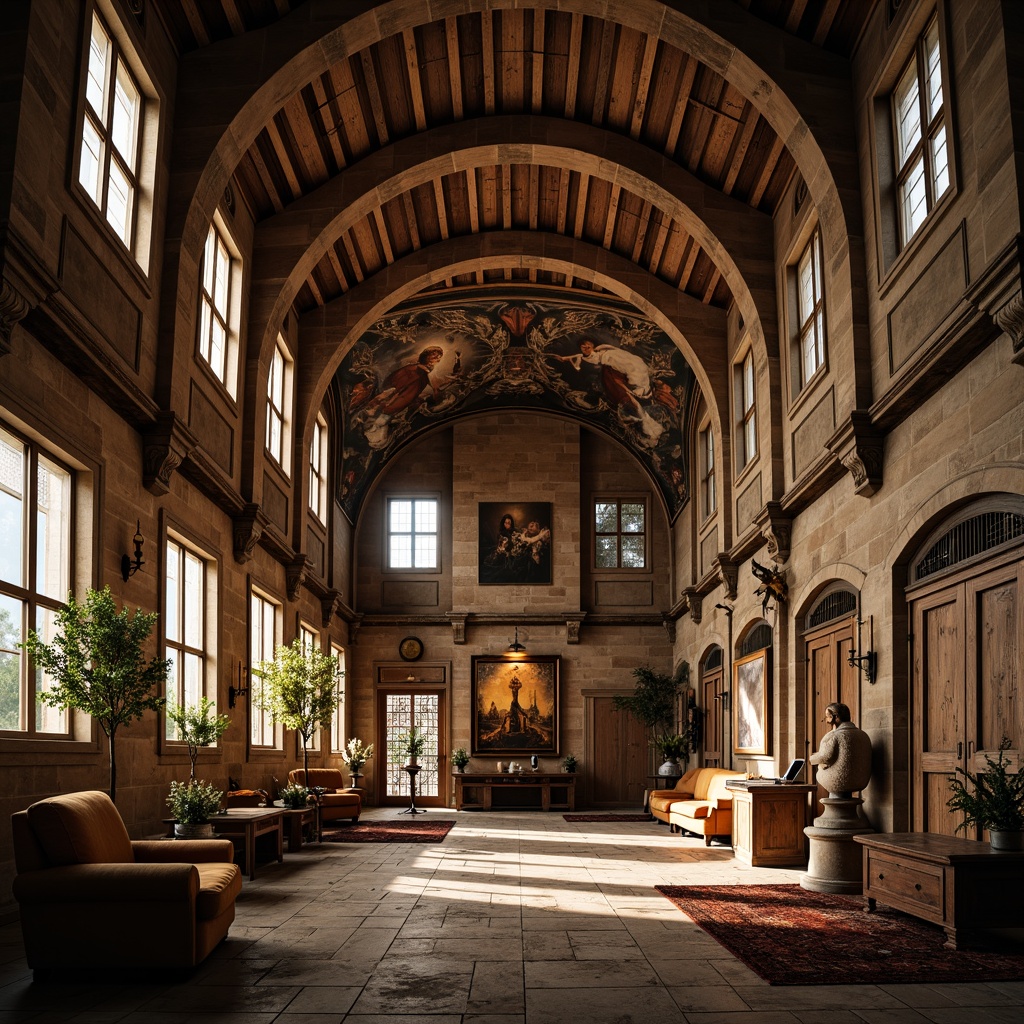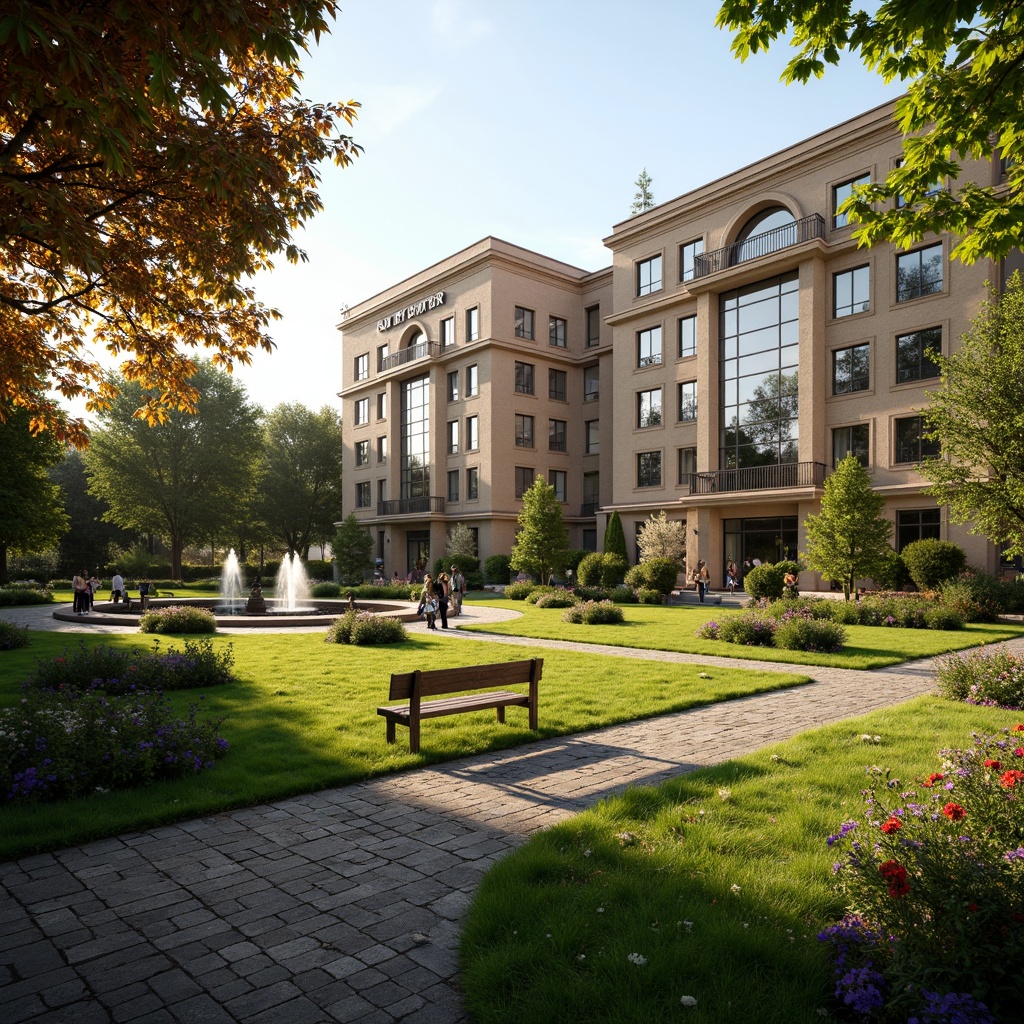दोस्तों को आमंत्रित करें और दोनों के लिए मुफ्त सिक्के प्राप्त करें
Romanesque Style Building Architecture Design Ideas
Explore our extensive collection of Romanesque style building architecture design ideas that seamlessly blend traditional elements with modern aesthetics. From the iconic arches to the use of textured walls and stained glass, these designs are perfect for residential areas seeking a unique and timeless look. With a khaki color palette and thoughtful landscaping, these architectural inspirations will elevate your space and offer a distinctive charm.
Incorporating Arches in Romanesque Style Architecture
Arches are a defining feature of Romanesque architecture, providing structural integrity and aesthetic appeal. This design element not only enhances the visual interest of the building but also allows for the efficient distribution of weight, making it a practical choice for residential spaces. By incorporating arches into your designs, you can create an inviting atmosphere that reflects the grandeur of historical architecture while maintaining modern functionality.
The Art of Textured Walls in Romanesque Designs
Textured walls play a significant role in Romanesque style architecture, adding depth and character to the overall design. These walls can be crafted from a variety of materials, including stone and brick, each offering unique textures and finishes. The use of textured walls not only enhances the tactile experience of the building but also complements the overall aesthetic, creating a warm and inviting environment for residents.
Prompt: Rustic stone walls, weathered brick facades, ornate archways, grandiose columns, intricate carvings, rich tapestries, warm earthy tones, soft golden lighting, dramatic shadows, high ceilings, vaulted roofs, stained glass windows, ornamental ironwork, distressed wooden accents, vintage furniture pieces, luxurious velvet fabrics, majestic frescoes, ancient stone sculptures, mysterious ambiance, cinematic composition, shallow depth of field.
Prompt: Rustic stone walls, weathered brick facades, ornate archways, grandiose columns, intricate carvings, rich tapestries, warm earthy tones, soft golden lighting, dramatic shadows, high ceilings, vaulted roofs, stained glass windows, ornamental ironwork, distressed wooden accents, vintage furniture pieces, luxurious velvet fabrics, majestic frescoes, ancient stone sculptures, mysterious ambiance, cinematic composition, shallow depth of field.
Prompt: Rustic stone walls, weathered brick facades, ornate archways, grandiose columns, intricate carvings, rich tapestries, warm earthy tones, soft golden lighting, dramatic shadows, high ceilings, vaulted roofs, stained glass windows, ornamental ironwork, distressed wooden accents, vintage furniture pieces, luxurious velvet fabrics, majestic frescoes, ancient stone sculptures, mysterious ambiance, cinematic composition, shallow depth of field.
Stained Glass: A Colorful Element in Romanesque Architecture
Stained glass is a stunning addition to Romanesque style buildings, providing vibrant colors and intricate designs that enhance the architectural beauty. This decorative element allows natural light to filter through, creating a mesmerizing play of colors within the interior spaces. By incorporating stained glass windows, you can create a visually dynamic environment that draws the eye and adds an artistic touch to your residential area.
Choosing the Right Color Palette for Romanesque Style
A well-thought-out color palette is essential for achieving the desired aesthetic in Romanesque architecture. Colors such as khaki, earthy tones, and rich hues can evoke a sense of warmth and tradition, while also harmonizing with the natural surroundings. By carefully selecting your color scheme, you can create a cohesive look that enhances the architectural features and blends beautifully with the landscape.
Landscaping Ideas Complementing Romanesque Style Buildings
Landscaping plays a crucial role in enhancing the beauty of Romanesque style architecture. Thoughtfully designed outdoor spaces with lush greenery, stone pathways, and decorative elements can create a harmonious connection between the building and its surroundings. Incorporating native plants and sustainable practices not only boosts the aesthetic appeal but also promotes a sense of tranquility and invites residents to enjoy their outdoor spaces.
Prompt: Majestic Romanesque buildings, lush green lawns, vibrant flower beds, ornate fountains, meandering stone pathways, rustic wooden benches, ancient tree species, warm sunny day, soft golden lighting, shallow depth of field, 3/4 composition, panoramic view, realistic textures, ambient occlusion, intricate stonework, carved archways, grand entrance gates, symmetrical garden layout, ornamental topiaries, fragrant herb gardens, meandering vines, rustic stone walls.
Conclusion
In conclusion, the Romanesque style of architecture, characterized by its arches, textured walls, stained glass, and thoughtful color palettes, offers a unique and timeless approach to building design. These elements not only enhance the visual appeal of residential areas but also provide functional benefits. Whether you are renovating an existing space or designing a new one, incorporating these features will create a warm, inviting, and historically inspired environment.
Want to quickly try housing design?
Let PromeAI help you quickly implement your designs!
Get Started For Free
Other related design ideas

Romanesque Style Building Architecture Design Ideas

Romanesque Style Building Architecture Design Ideas

Romanesque Style Building Architecture Design Ideas

Romanesque Style Building Architecture Design Ideas

Romanesque Style Building Architecture Design Ideas

Romanesque Style Building Architecture Design Ideas






